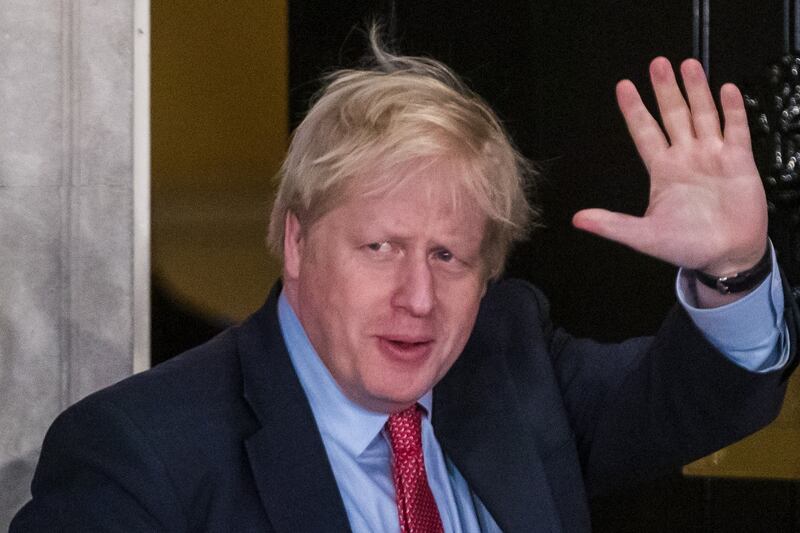For the third time this year, one of the talking points of the election in Northern Ireland was the Alliance Party surge.
Twenty-one extra council seats in the local elections in May were followed by an 18.5 per cent share of the vote and a seat in Europe for the party leader, Naomi Long, in the European elections at the end of that month.
It was, clearly, changed times and changing attitudes that had brought about Alliance’s success; yet for all that, there was always a feeling that the true test of their performance would only come with a Westminster election. Take away the PR system, and would that same number of voters still put their X in Alliance’s box?
The answer, as demonstrated emphatically on Thursday, was yes. In a remarkable night for the party, Alliance received just under 17 per cent of the vote share across Northern Ireland.
No longer is Alliance the “fifth party” in the North’s politics, slotted in behind two orange, and two green. By this election result, it is now third, ahead of what were once the two giants of Northern Ireland’s political landscape, the SDLP and the UUP.
Victory
It has an MP, Stephen Farry in North Down, who had a comfortable victory of almost 3,000 votes over Alex Easton of the DUP. It seems incredible now that Easton had been the favourite ahead of polling day; in 2017 he polled a 38.1 per cent share of the vote, and only lost out to the independent unionist Lady Sylvia Hermon by just over 1,000 votes. By contrast, the Alliance candidate, Andrew Muir, had only a 9.3 per cent share.
This time the difference was made up, and then some. Farry had a 45.2 per cent share – a percentage rise of almost 36 per cent. It is the stuff candidates’ dreams are made of.
Easton largely held his own – his share of the vote dipped by a negligible 0.3 per cent, a statistic which reads all the better when compared with the 5.4 per cent drop in his party’s vote share across the board. Yet his failure to take North Down compounded a bad election night in which the DUP lost two MPs.
In other constituencies, too, Alliance made up significant ground; the party leader, Naomi Long, came within less than 2,000 votes of taking the seat, and even in constituencies like East Antrim, where the DUP’s Sammy Wilson was always going to be returned, Alliance are now the second party.
Their success has been a long time in the making; Alliance first stood for election in the 1970s, but this surge in support comes in the context of Brexit and the ever-increasing frustration at the continued suspension of Stormont. Alliance, with its clear Remain message and its promise to get Stormont back up and running, has become the voice of many, not least pro-Remain unionists, who feel that nobody else speaks for them.
‘Demanding better’
People who voted Alliance, Long told BBC Radio Ulster, “were demanding better than what has gone on for the last three years”.
Their decision not to engage in electoral pacts – which had been criticised in some quarters – was vindicated. “I think the wider pattern that we’ve seen across Northern Ireland is that those parties who have committed themselves to go to Westminster to fight the case for Northern Ireland, or to go to the Assembly and to actually do the jobs they were elected to do are those who benefited most from the votes,” said Long.
“I think that sends a very powerful message to all of the parties.”
Part of that message must surely be that the Alliance surge is here to stay. The question now is what impact Northern Ireland’s third largest party will have, not just on the imminent Stormont talks process or on Brexit debates on Westminster, but on the very nature of the North’s politics.













